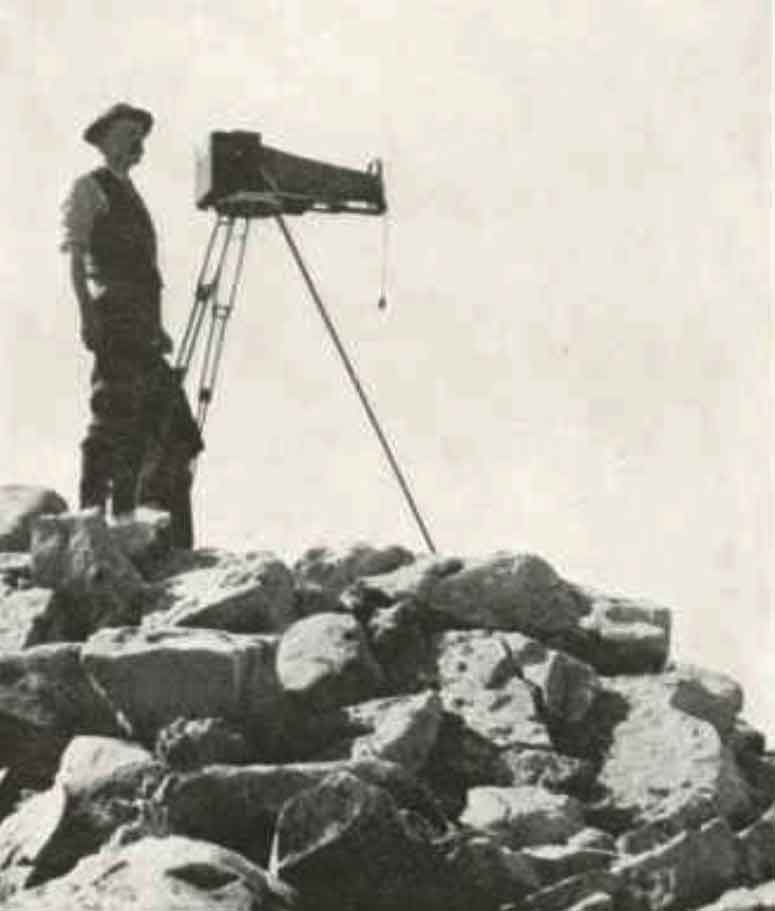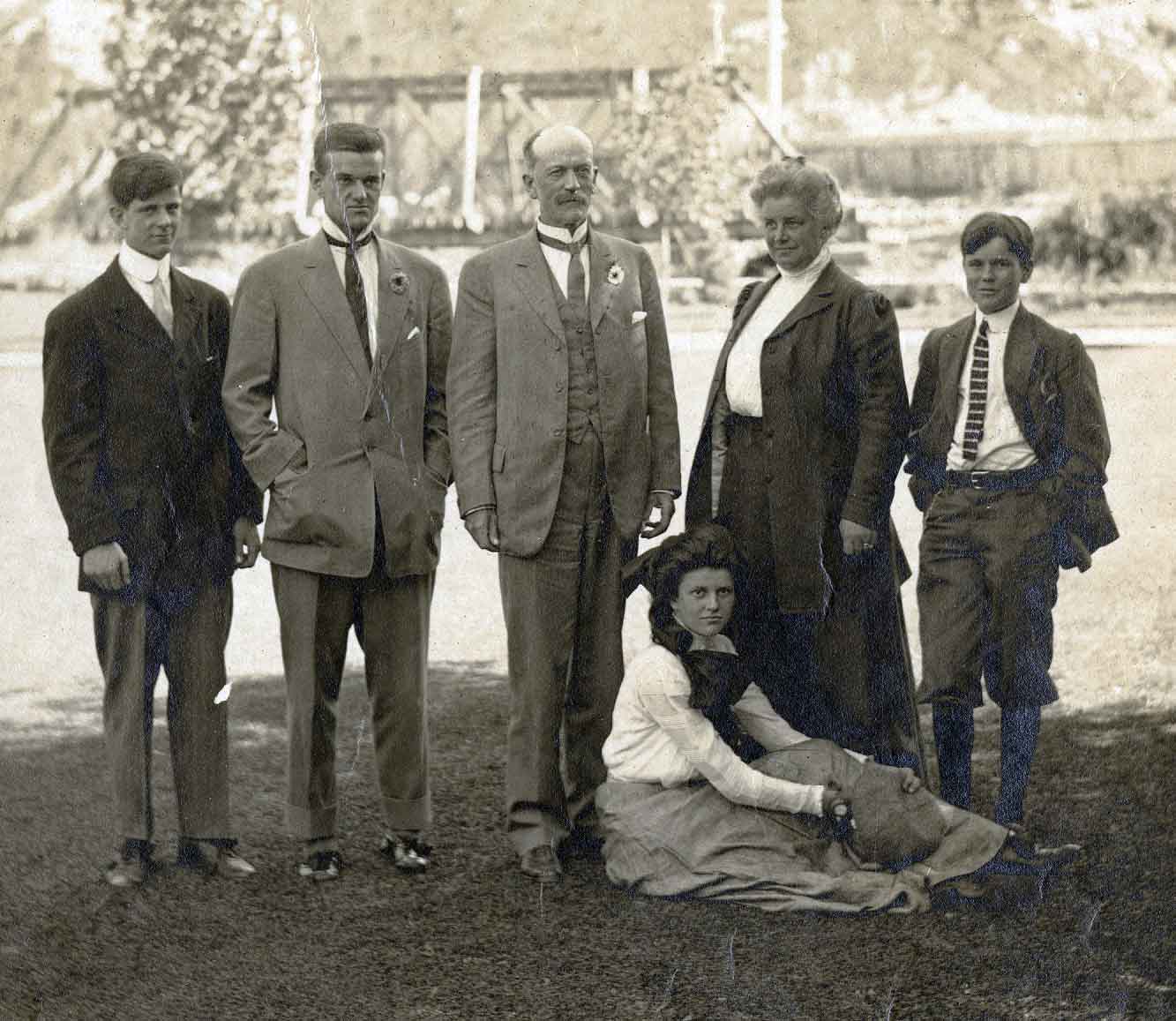Samuel Prescott Fay [1884–1971]
b. 1884
d. 1971
“Pete” Fay as he was known to his friends had been a member of the [American Alpine] Club for 59 years at the time of his death last August [1971]. His qualifications for election in 1912 were four seasons in the Canadian Rockies beginning in 1906. In 1914 he joined a Smithsonian expedition which left Jasper, Alberta in June for the purposes of exploration, mapping and the collection of birds and mammals in the northern Rockies. Reports were filed with the Biological Survey in Washington. In mid-October the party met a trapper who showed them an old newspaper with reports of the first weeks of World War I of which they had no inkling. For the next three or four days they traveled non-stop to reach Hudson Hope on the Peace River.
Pete graduated from Harvard in 1907. During World War I he joined the American Field Service to drive an ambulance in France and later served with the Air Force in France and Belgium. Afterwards he was associated with an investment counseling firm in Boston for many years. Aside from two years on the Council (1930-1932), he did not take an active part in Club affairs, though he attended frequent meetings. Frail health confined him to his home for the last ten or more years.
- Fay, Samuel Prescott [1884–1971]. The Forgotten Explorer: Samuel Prescott Fay’s 1914 Expedition to the Northern Rockies. Edited by Charles Helm and Mike Murtha. Victoria, B.C.: Rocky Mountain Books, 2009
- Hall, Henry S. “Samuel Prescott Fay, 1884–1971.” American Alpine Journal, (1972) American Alpine Club
- 1912 SP Fay Mt. Sir Alexander
- 1914 SP Fay Jasper to Hudsons Hope
- — Jasper-Yellowhead Historical Society. Album of pictures accompanying S.P. Fay journal of trip through Rockies from Yellowhead, Alberta, Pass, to Peace River at Hudsons Hope, B.C, 1914. JYHS No. 84 or 91 (1912–1914).
- — “Mount Alexander.” Canadian Alpine Journal, Vol. 6 (1914–1915):121
- — “Note on Mount Alexander Mackenzie and Mount Ida.” Alpine Journal, Vol. 36 (1924):421
- — The Forgotten Explorer: Samuel Prescott Fay’s 1914 Expedition to the Northern Rockies. Edited by Charles Helm and Mike Murtha. Victoria, B.C.: Rocky Mountain Books, 2009

